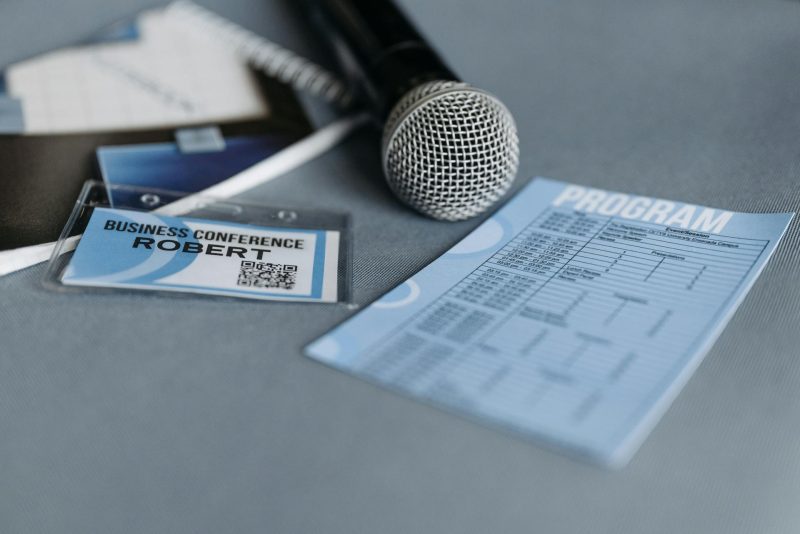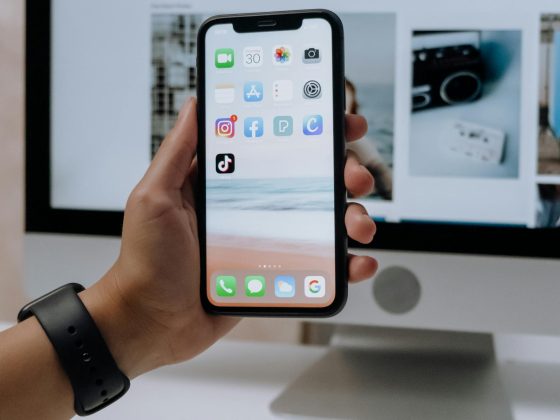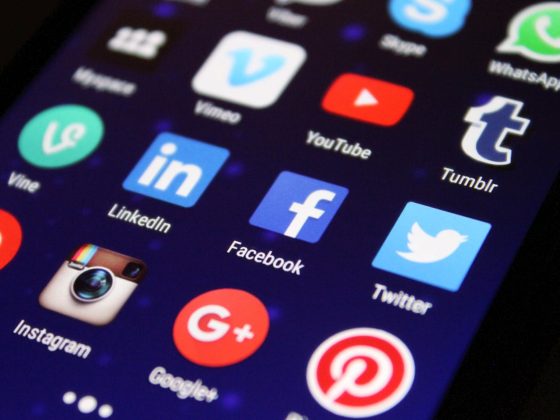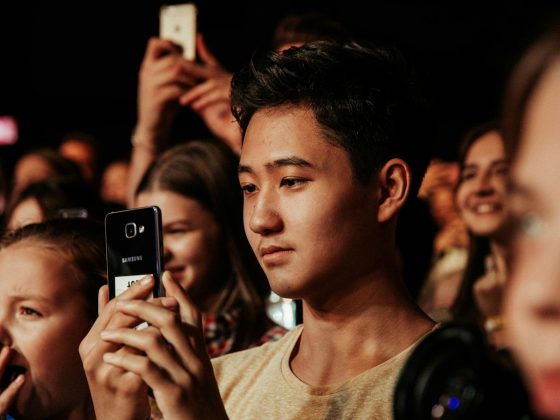In 2024, it becomes clear that audio branding is an essential factor in contemporary marketing strategies. As podcasting continues to grow and more consumers begin to use voice search, brands are looking for new ways to reach the public through sound.
Transition to audio format is becoming the new way of narrating brand stories, establishing connections, and fostering engagement. From generating specific sound identities to optimizing for voice-activated commerce, audio branding is now an essential tool in the digital marketing strategy mix.
Why Audio Branding is So Effective
Audio branding is not just the use of sound in marketing or the marketing of sound products and services. It entails creating a unique sound identity that will appeal to the consumer thus improving brand recall and brand effect. Here’s why it works so well in 2024:
1. Engaging the Senses
Sound is particularly a tool of great influence, as it can induce feelings and recall past events. Audio branding, whether it is a sonic identity, a podcast intro, or the tone of voice used in brand messaging, always impacts audiences’ emotions in seconds.
2. Storytelling Through Audio
Podcasts are a powerful medium for storytelling that is capable of encompassing long-form narratives. Showcasing the values and giving out extra information about the brand that goes beyond the products, allow brands to get more personal with the listeners. That is why podcasts as a conversational format are perfect for telling authentic, relatable brand stories.
3. Personalization with Voice
Smart speakers and voice assistants help brands to build unique experiences for each user. With voice search, consumers receive the content they are searching for in the most suitable time and format. In 2024, personalization is not only limited to visual and textual content but also includes audio content, which enhances the user experience.
The Way Brands Are Adopting Podcasts
Brands have then come to appreciate the fact that podcasts are one of the best methods through which brands can engage their target market through storytelling. Here’s how brands are using podcasts in their audio branding strategies:
1. Creating Branded Podcasts
A growing number of organizations are now producing branded podcasts to create perception, transfer knowledge, and acquire listeners. For example, Fidelity has its podcast called Fidelity Rethink which explores market trends and investments and puts the brand in the position of an expert in the field of finance. Branded podcasts enable the building of a long-term relationship with the listeners while at the same time strengthening the brand image.
2. Sponsoring Popular Podcasts
For companies who cannot afford to put together their show, sponsoring top podcasts is another way to go. Squarespace and Audible are examples of how it is possible to increase brand recognition and sales through sponsorships of popular podcasts. Host-read ads are more believable, and reliable and are more popular with the listener than regular commercial advertisements.
3. Guest Appearances on Podcasts
Another area of audio that brands are using is inviting executives or other influential guests to various popular podcasts. This strategy enables firms to expand their market reach, pass on relevant information, and foster a relatable image through engagement.
Voice-Activated Commerce: A New Frontier
Voice commerce or v-commerce is on the rise in 2024 as many people use their voice to buy products. With the increase in the popularity of smart speakers, voice shopping will be an essential part of the online consumer path.
1. Optimizing for Voice Search
Voice search is not the same as text search because the user’s query is more conversational and specific. Currently, brands must adapt their content to meet the natural language search queries. For instance, a voice search may be made like “Where can I get environmentally friendly sneakers?” rather than a text search such as “Buy eco sneakers online.” Also, brands can align their SEO techniques for voice search and improve the ways they address customer demands and rank on the voice search outcomes.
2. Voice-Activated Shopping
The use of voice-activated personal assistants such as Amazon Alexa is raising the bar in voice-activated shopping. A shopper can now make an addition to the cart or order a product just by speaking. Companies that integrate their voice-activated grocery ordering will make it convenient for consumers to make impulse purchases, thus placing such businesses strategically ahead in this developing market.
The Future of Audio Branding
Audio branding is no longer optional but very essential now. Consumers are now listening to more audio content using podcasts, voice search, and smart speakers; so brands that prioritize audio in their marketing strategies will stand out. By developing a cohesive audio identity, leveraging podcasts for storytelling, and embracing voice-activated commerce, brands can create deeper connections with their audience and even improve their marketing strategies.
Image source: pexels.com









